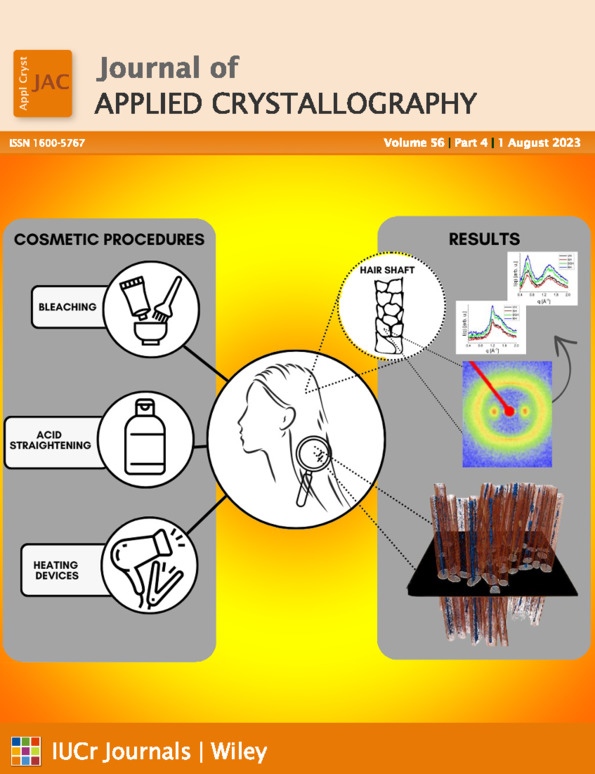Symmetry-mode analysis for local structure investigations using pair distribution function data
Abstract
Symmetry-adapted distortion modes provide a natural way of describing distorted structures derived from higher-symmetry parent phases. Structural refinements using symmetry-mode amplitudes as fit variables have been used for at least ten years in Rietveld refinements of the average crystal structure from diffraction data; more recently, this approach has also been used for investigations of the local structure using real-space pair distribution function (PDF) data. Here, the value of performing symmetry-mode fits to PDF data is further demonstrated through the successful application of this method to two topical materials: TiSe2, where a subtle but long-range structural distortion driven by the formation of a charge-density wave is detected, and MnTe, where a large but highly localized structural distortion is characterized in terms of symmetry-lowering displacements of the Te atoms. The analysis is performed using fully open-source code within the DiffPy framework via two packages developed for this work: isopydistort, which provides a scriptable interface to the ISODISTORT web application for group theoretical calculations, and isopytools, which converts the ISODISTORT output into a DiffPy-compatible format for subsequent fitting and analysis. These developments expand the potential impact of symmetry-adapted PDF analysis by enabling high-throughput analysis and removing the need for any commercial software.




